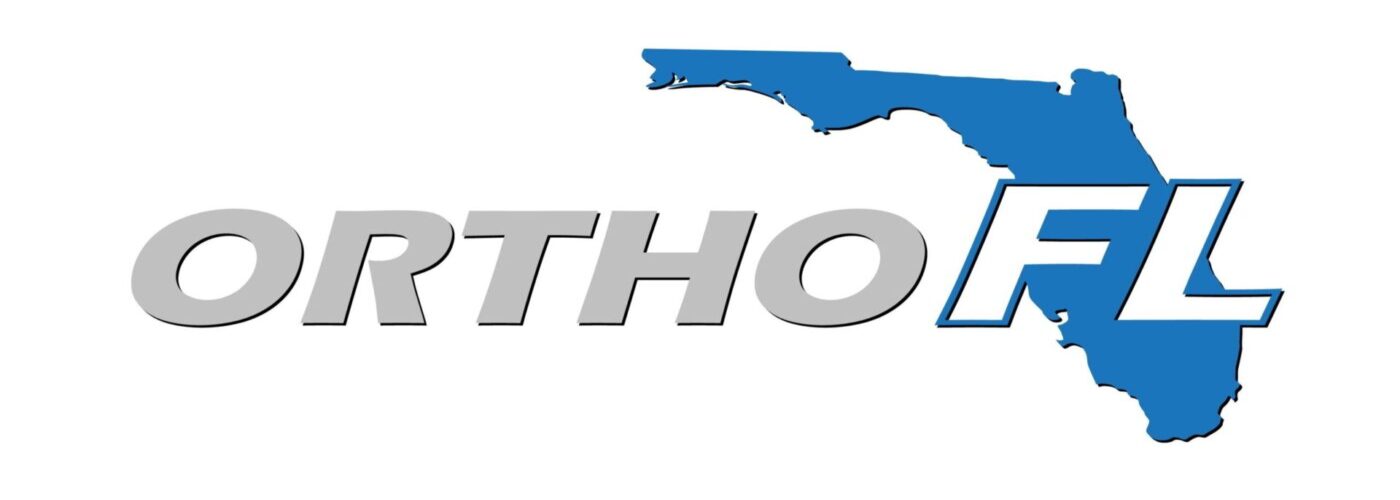
Effective operational management is essential to the success of any orthopedic practice. From scheduling and patient flow to inventory and staff management, streamlining operations can significantly improve efficiency, reduce costs, and enhance patient satisfaction. Optimizing every aspect of your practice in today’s competitive healthcare environment is more important than ever. With the rise of Management Services Organizations (MSOs), many practices leverage external expertise to enhance operational efficiency.
This blog post will explore five key practice streamlining strategies to help orthopedic practices achieve greater efficiency and remain competitive.
1. Optimize Scheduling and Appointment Management
Efficient scheduling is a cornerstone of any well-run orthopedic practice. Poor appointment management leads to wasted time, frustrated patients, and overworked staff. Implementing a well-thought-out appointment scheduling system can prevent these problems, reduce wait times, and maximize the productivity of physicians and staff.
Key Steps to Improve Scheduling Efficiency:
- Automated Scheduling Software: Using automated scheduling software that allows for online appointment booking can help reduce administrative burdens and eliminate the risk of human error. Many systems also offer real-time adjustments for cancellations or emergencies, ensuring optimal time management.
- Set Clear Appointment Durations: Standardize appointment times for different types of visits. For example, new patient visits, follow-up visits, and post-operative consultations should have designated time slots that align with the expected workload.
- Patient Reminders: Automated reminders, whether by text, email, or phone call, significantly reduce no-show rates, thus preventing revenue loss and allowing for more efficient time allocation.
Optimizing scheduling enhances efficiency in orthopedic practices and directly improves patient satisfaction by minimizing wait times and ensuring smoother office operations.
2. Leverage Technology for Paperless Workflows
Orthopedic practices often deal with significant paperwork, from medical records and insurance forms to billing and inventory management. Transitioning to a paperless workflow can save time, reduce errors, and improve accessibility for both staff and patients.
Benefits of Implementing a Paperless System:
- Electronic Health Records (EHR): EHR systems improve access to patient data, streamline workflows, and facilitate coordination between departments. EHR platforms also help with compliance, reducing the risk of costly errors and oversights related to documentation.
- Automated Billing: Automated billing systems can process claims faster, reducing payment delays and decreasing administrative workload. This also results in fewer billing errors, enhancing the practice’s financial health.
- Digital Patient Intake: Online forms that patients can fill out before their visit eliminate the need for in-office paperwork, speeding up the intake process and allowing for better data integration into the practice’s systems.
A paperless environment increases efficiency and contributes to the sustainability and long-term cost savings for orthopedic practices.
3. Outsource Administrative Functions Through MSO
Orthopedic practices often need help with administrative challenges that detract from patient care and core clinical functions. This is where a Management Services Organization (MSO) can provide significant value. MSOs handle non-clinical functions such as billing, HR, and IT management, allowing practices to focus on what they do best—treating patients.
Advantages of Partnering with an MSO:
- Centralized Administrative Support: provide access to experienced professionals who can manage time-consuming administrative tasks. Orthopedic practices can operate more efficiently and with fewer resources by centralizing HR, IT, and financial management under one umbrella.
- Improved Financial Management: often have sophisticated billing systems and offer revenue cycle management services that can enhance cash flow. Their expertise ensures claims are submitted promptly and in compliance with insurance requirements, reducing denials and payment delays.
- Scalability: As practices grow, administrative burdens increase. MSOs offer scalable solutions that can grow with your practice, ensuring you are always equipped to handle administrative complexities without hiring additional staff.
By outsourcing non-clinical responsibilities to an MSO, orthopedic practices can allocate more time and resources to patient care while enjoying more efficient overall operations.
4. Enhance Inventory and Supply Chain Management
Inventory management is an often overlooked area that can profoundly impact an orthopedic practice’s operational efficiency. Mismanaged inventory can lead to unnecessary costs, shortages, or even disruption in care if critical supplies are unavailable.
Best Practices for Inventory Management:
- Implement an Inventory Management System: Automated inventory tracking systems provide real-time updates on stock levels and send alerts when supplies run low. This reduces the chances of running out of essential items and prevents over-ordering, which can result in wasted resources.
- Conduct Regular Audits: Routine inventory audits help identify waste, theft, or inefficiencies in supply usage. By assessing what supplies are used most frequently, practices can adjust ordering habits accordingly, reducing overhead costs.
- Standardize Supply Ordering: Set up standardized ordering protocols with preferred vendors to ensure supply quality and pricing consistency. Establishing these protocols helps reduce the risk of ordering errors and ensures you get the best price for bulk orders.
Effective inventory management keeps operational costs down and ensures that your practice runs smoothly without unnecessary delays due to supply shortages.
5. Train and Empower Your Staff
Your staff is your greatest asset when it comes to maintaining efficient operations. Investing in continuous training and creating a culture of accountability can profoundly affect your team’s productivity and morale, and ultimately, the efficiency of your practice.
Critical Strategies for Staff Training and Development:
- Regular Training Sessions: Continuous training ensures staff members are familiar with the latest tools and best practices in orthopedic care and practice management. This could include software training, compliance workshops, or clinical efficiency training.
- Cross-Training Employees: Cross-training employees in multiple roles can provide flexibility when staffing shortages or unexpected situations arise. Having team members capable of handling different tasks ensures your practice can run smoothly even when someone is out.
- Foster a Culture of Accountability: Empower staff members to take ownership of their responsibilities. Implement performance metrics and regularly review these metrics in team meetings to ensure accountability and encourage continuous improvement.
When your staff is well trained, engaged, and empowered, the practice runs more smoothly, and efficiency in orthopedic practices naturally improves. This empowerment instills a sense of confidence and capability in your team.
Conclusion
Running an efficient orthopedic practice requires a multifaceted approach that addresses everything from scheduling and paperwork to inventory management and staff training. This blog post has explored key strategies like leveraging technology, optimizing workflows, and partnering with a Management Services Organization (MSO) that can significantly improve operational efficiency. By implementing these strategies, orthopedic practices can focus on providing exceptional care while minimizing administrative burdens and operational inefficiencies.
If you want to improve your orthopedic practice’s efficiency, consider partnering with OrthoFlorida. Our services help practices streamline operations, enhance financial performance, and provide better patient care.



